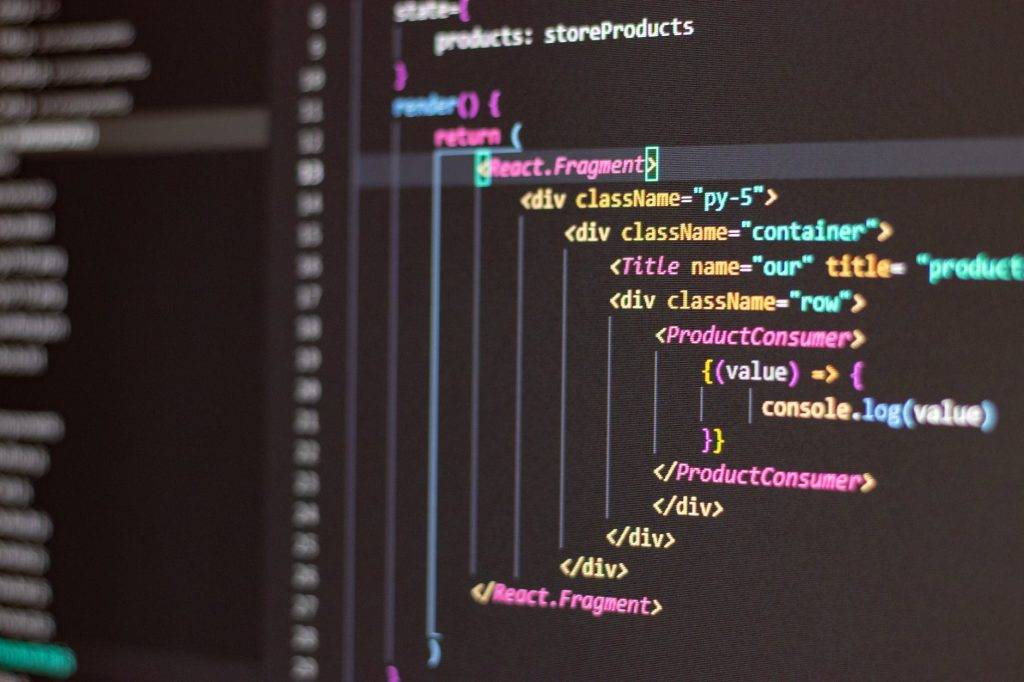Collaborative design is undergoing a revolution, thanks to innovations in creative software that enable real-time collaboration among designers and teams. This article explores the exciting advancements in creative software that are reshaping the way designers work together and the benefits they bring to the world of design.
The Evolution of Collaborative Design
In the past, design collaboration was often a time-consuming and disjointed process. Designers would work on their individual tasks, share files through email or cloud storage, and then wait for feedback. This linear workflow could lead to delays, miscommunication, and version control issues.
Today, creative software has evolved to facilitate real-time collaboration, allowing designers to work together seamlessly, regardless of their physical location. This shift has been driven by several key innovations:
1. Cloud-Based Platforms
Cloud-based design software has become a game-changer. Designers can access their work from any device with an internet connection, making it easier to collaborate with colleagues, clients, or other stakeholders in real time.
2. Live Editing and Co-authoring
Many design tools now offer live editing and co-authoring features. Multiple users can work on the same project simultaneously, seeing each other’s changes in real time. This dynamic collaboration greatly enhances efficiency.
3. Commenting and Feedback
Modern design software includes commenting and annotation tools that allow collaborators to provide feedback directly within the design file. This eliminates the need for lengthy email threads and ensures that feedback is clear and context-specific.
4. Version Control and History Tracking
Design software now automatically tracks version history, making it easy to revert to earlier iterations if needed. This feature ensures that designers can experiment without fear of losing their work.
5. Integration with Project Management Tools
Many creative software solutions integrate with project management tools, enabling seamless coordination between design and project teams. This integration streamlines workflows and keeps everyone on the same page.
Benefits of Real-Time Collaborative Design
The innovations in collaborative design software offer a range of benefits:
1. Increased Efficiency
Real-time collaboration reduces the back-and-forth communication that can slow down projects. Designers can make decisions faster and keep projects moving.
2. Enhanced Creativity
Collaboration fosters creativity by allowing designers to bounce ideas off each other and build on each other’s work. It encourages experimentation and innovation.
3. Improved Communication
Designers, clients, and team members can communicate within the design software, ensuring that feedback is integrated directly into the work, minimizing misunderstandings.
4. Global Collaboration
Collaborative design software makes it possible for designers from around the world to work together seamlessly, opening up opportunities for diverse perspectives and talent.
Challenges and Considerations
While real-time collaborative design offers many advantages, there are some challenges to consider:
Security and Permissions
Ensuring that only authorized individuals have access to design files and maintaining control over intellectual property is crucial.
Training and Adoption
Design teams may require training to fully leverage the features of collaborative design software, and there may be resistance to change.
Compatibility
It’s essential to ensure that all collaborators have access to compatible software and tools to avoid compatibility issues.
The Future of Collaborative Design
As technology continues to advance, we can expect even more exciting developments in collaborative design software:
Virtual Reality (VR) Collaboration
VR tools may enable designers to collaborate in virtual environments, allowing for immersive and highly interactive teamwork.
AI Assistance
AI-driven design assistance can help streamline repetitive tasks, leaving designers with more time for creative thinking.
Cross-Platform Compatibility
Improved cross-platform compatibility will allow designers to collaborate seamlessly across different software and devices.
Conclusion
Collaborative design in real time is transforming the creative industry. The combination of cloud-based platforms, live editing, and enhanced communication tools is making it easier than ever for designers to work together efficiently and produce exceptional results. As technology continues to evolve, the future holds even more exciting possibilities for collaborative design.


